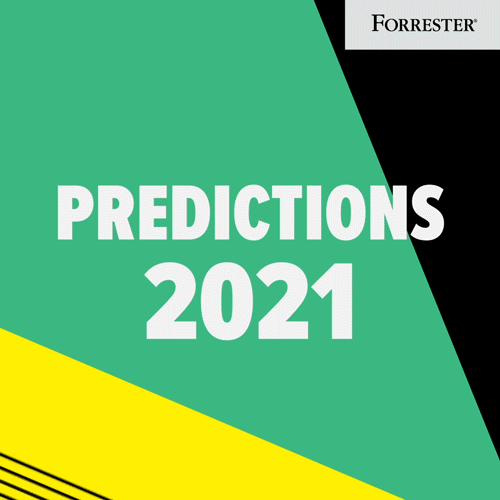Back in November 2019, our future-of-work team began some research exploring the inevitable shocks that organizations would need to prepare for in the years ahead. One of them was systemic risks, which, unbeknownst to us, was unfolding while we were working on it (e.g., the COVID-19 pandemic).
From the beginning, it was clear to us that organizations with great EX (employee experience) more effectively protect themselves from the worst effects of these risks. Now, more than nine months in, that’s exactly what’s happening . . . but only to those high-EX companies.
Unfortunately, fewer than one-third of companies conduct employee experience surveys at least quarterly, and only slightly more have a voice-of-the-employee program — both of which are foundational for employee experience initiatives.
That means that when the pandemic hit, two-thirds of organizations were effectively blind to what their employees were experiencing or what they needed to stay engaged in their work.

On the other hand, organizations with more mature EX strategies — including ongoing pulse surveys and flexible remote work policies already supporting a substantial number of employees working offsite — were most prepared for the changes and continue to stay on top of employee needs as the crisis continues.
In 2021, companies will need to bolster their EX initiatives even more just to keep their employees engaged as they enter the second year of the pandemic. Why? The challenges that were manageable in the short term, such as maintaining productivity as their people suffer burnout, escalate intensely as these unexpected conditions lead to crisis fatigue.
In the future, most companies will employ what Forrester calls an “anywhere-plus-office hybrid” model in which more people will work outside the office more of the time. While there is no clear endpoint to the pandemic yet, the number of employees working remotely will begin to dwindle, eventually settling in at 300% of pre-pandemic levels at the minimum.
With that many people working remotely long-term, companies will need to rethink what that experience is like — not just from a technology and environment perspective but from leadership, change management, and career-growth perspectives, as well.
As for technology, it will continue to permeate the employee/employer relationship. Companies will focus their automation efforts on helping remote employees be more effective, with one in four information workers receiving help from software bots, robotic process automation, and AI while some frontline workers receive help from physical robots (when social distancing isn’t possible, for example). HR leaders will get support from better tools for analysing and acting on workforce data while also assuring employees’ health and wellness.
Finally, the strain the pandemic is placing on higher-education institutions will lure big tech companies to continue ramping up their investments in building learning platforms that will offer both challenges and new opportunities for companies to rethink how they prepare their workforce for the future.
You can read more about these and more of our 2021 employee experience predictions here. Join me and my colleague James McQuivey for a webinar where we’ll discuss these predictions and answer questions about what we’re predicting for employee experience in 2021.
To understand the major dynamics that will impact firms across industries next year, download Forrester’s Predictions 2021 guide.
First published on Forrester.





